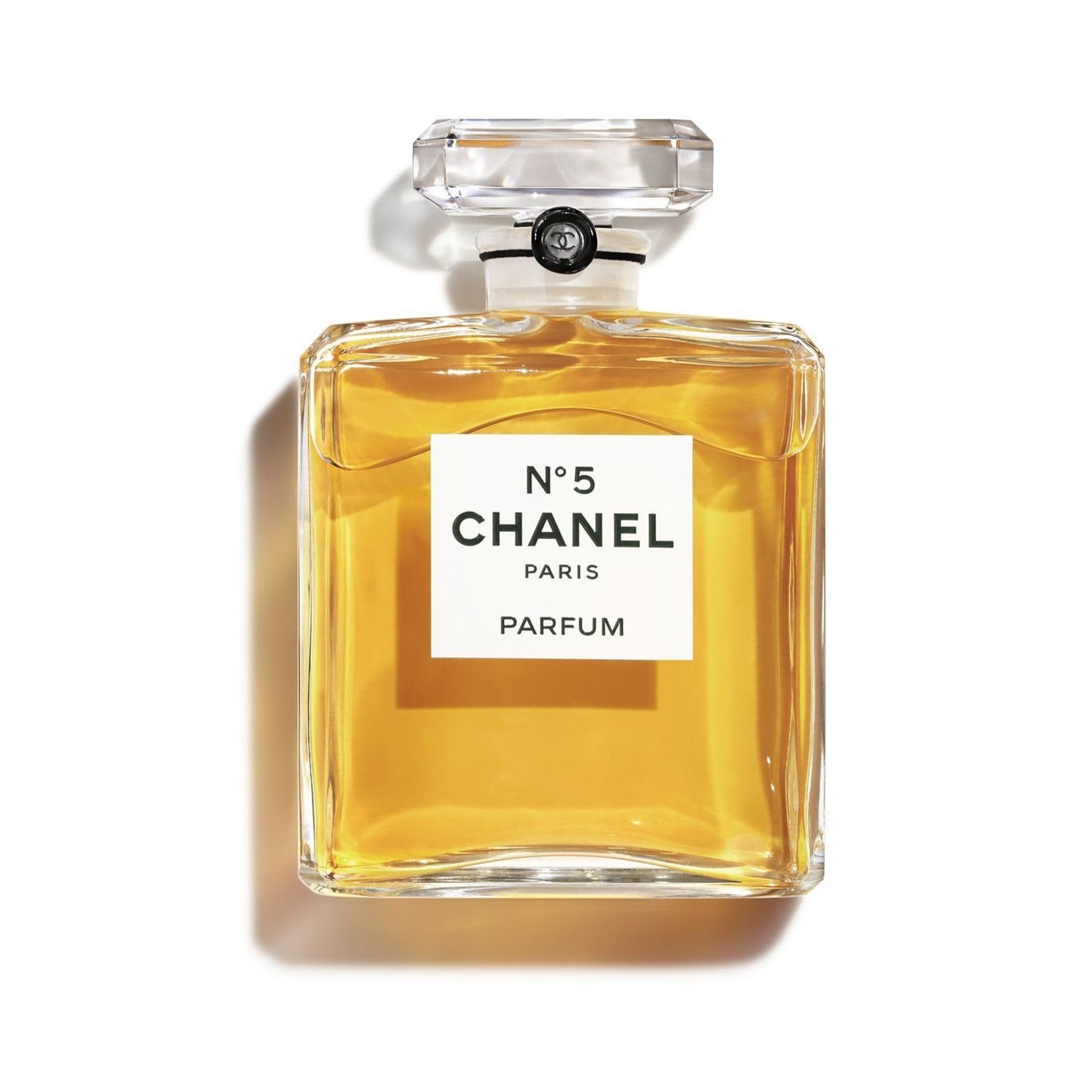
Chanel prevails in unfair competition case over its No5 perfume bottle in China.
Chanel prevails in an unfair competition case against a copycat fragrance imitating the iconic trade dress of its N°5 perfume in China. The Trial Court and the Court of Appeal grants the iconic brand protection over the unique trade dress of CHANEL N°5 perfume.
Chanel Accuses E-retailer Jeen of Counterfeiting Infringing Products
The French luxury fashion brand Chanel has filed a multi-million dollar trademark lawsuit against the online retailer Jeen over iphone cases that it claims bears a resemblance to the No.5 perfume bottle clutch purse from the brands 2014 Cruise collection.
